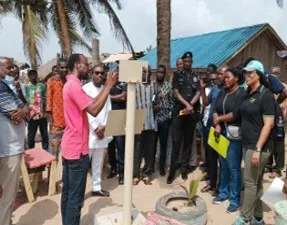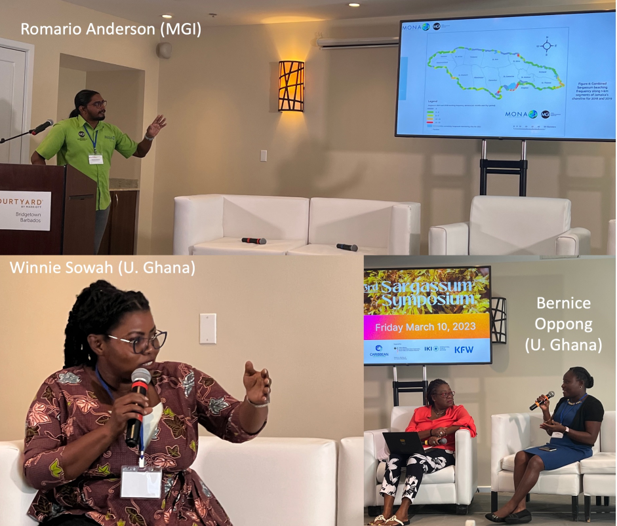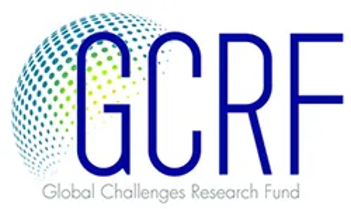Research on pelagic sargassum
Sargassum has been affecting coastal areas and local economies, human health, and ecosystems from Central America to West Africa since 2011. The influxes of sargassum are unpredictable, with their landings varying seasonally, annually, and spatially across the Tropical Atlantic. Living with these influxes is potentially the ‘new normal’ to which affected countries, and particularly poor coastal communities must adapt. What can be done to help those affected? We want to see what opportunities exist to use sargassum seaweed to create opportunities for the most vulnerable affected communities.
We are working on the following:

Bespoke long-range forecasting system (SARTRAC-EFS)

Repeat photography sargassum data from using Ghana citizen science

Alternative uses and what not to do with sargassum to support communities

Sargassum policy lessons learned to support policy makers








